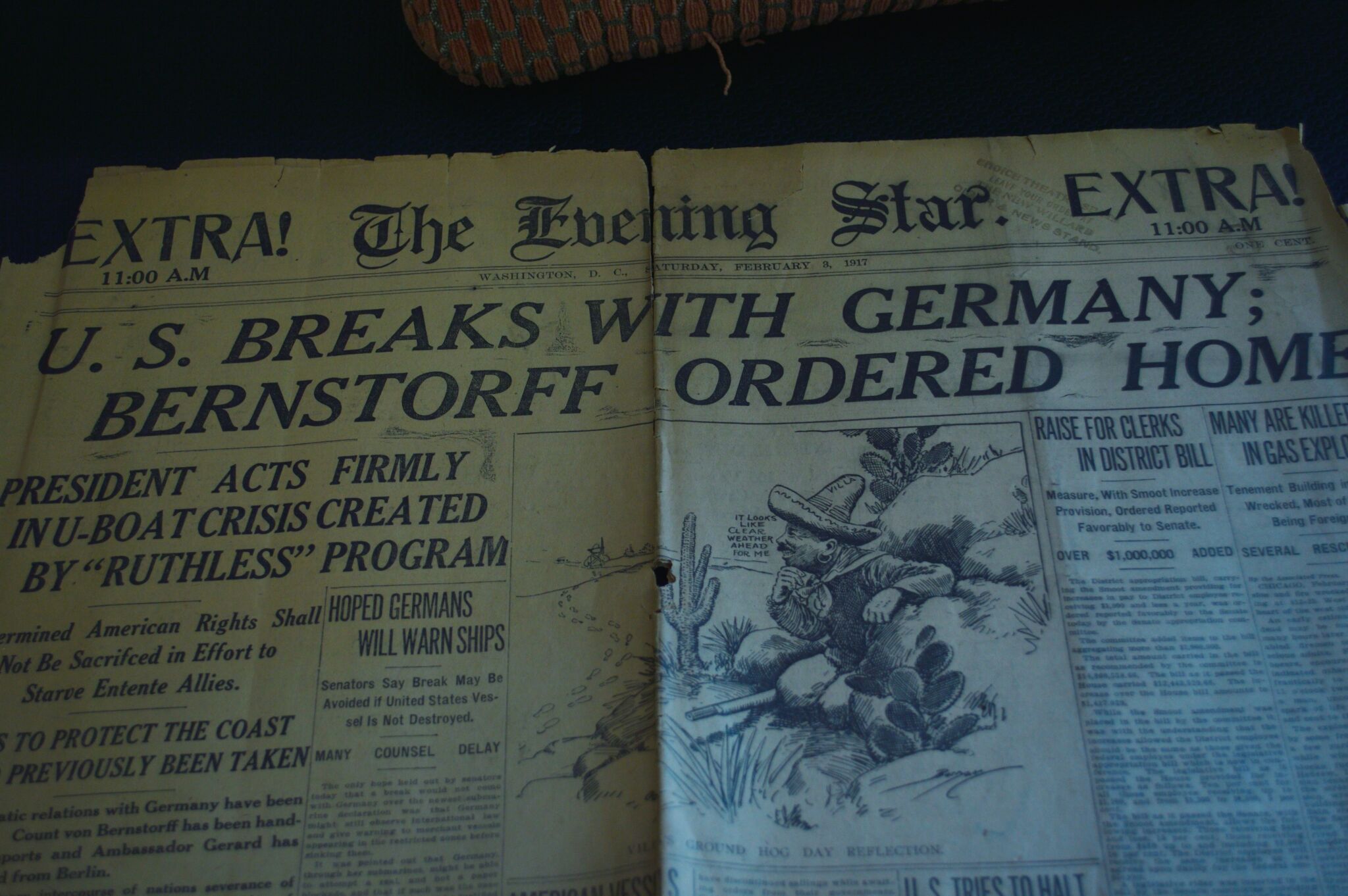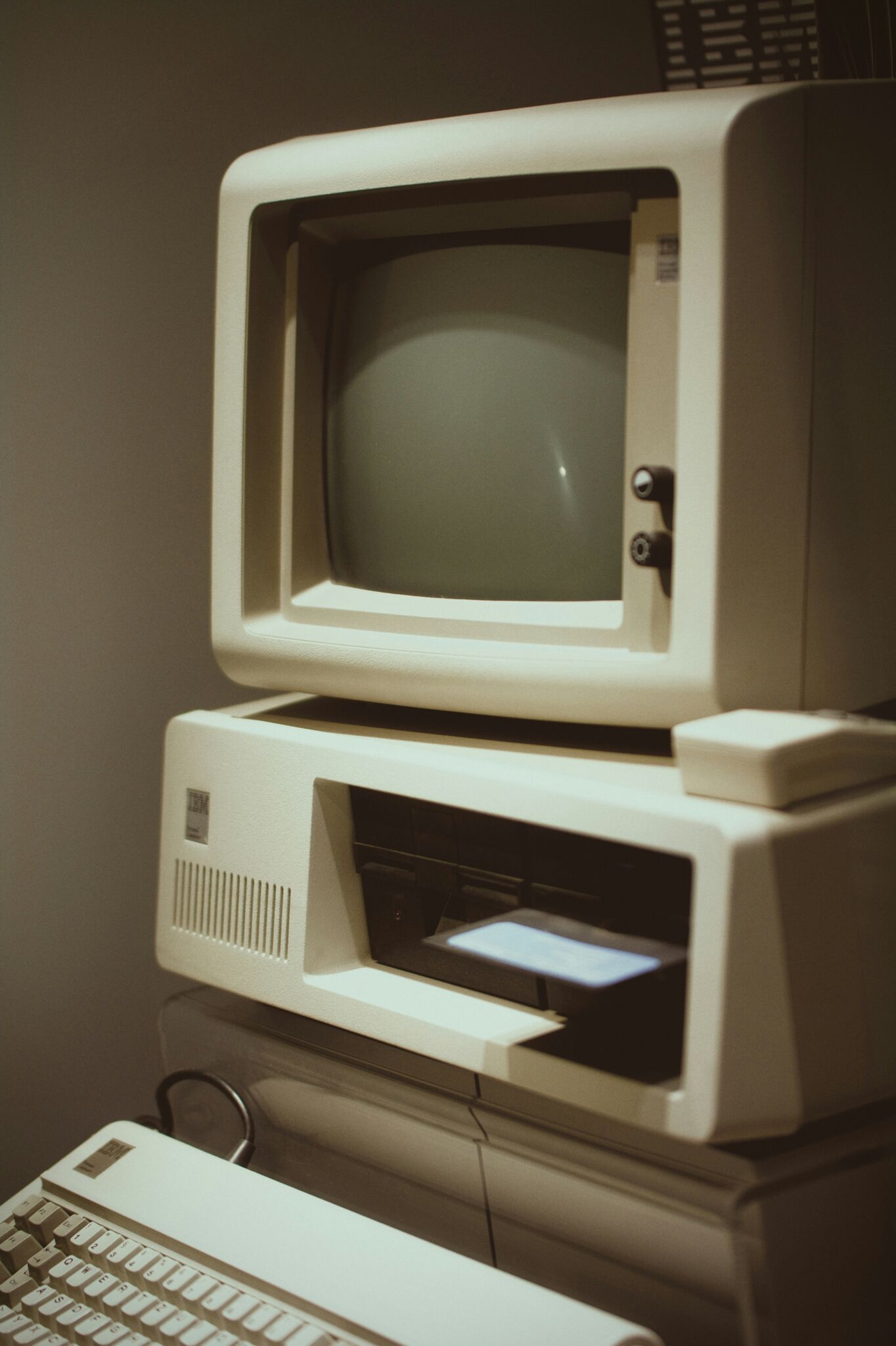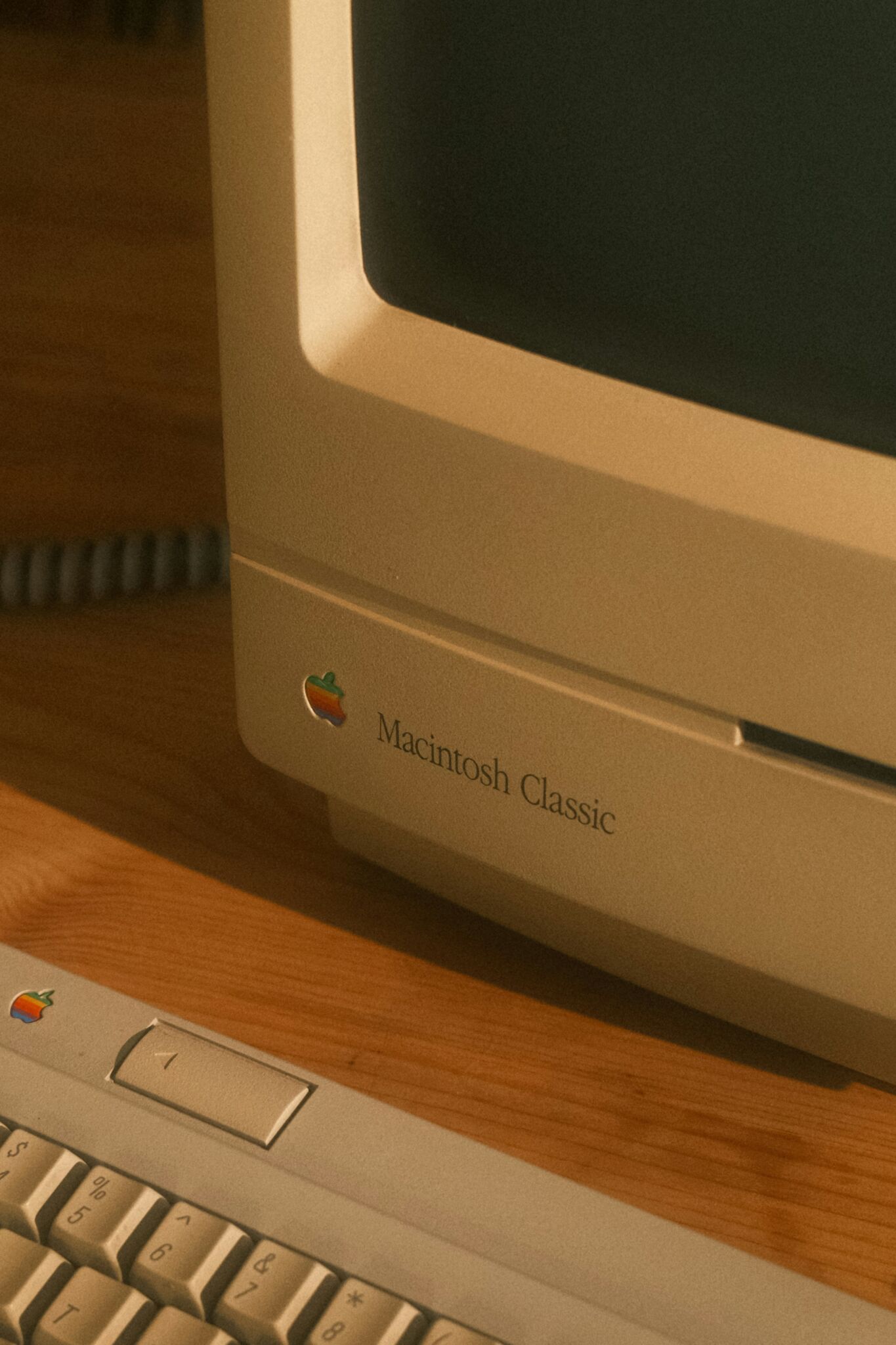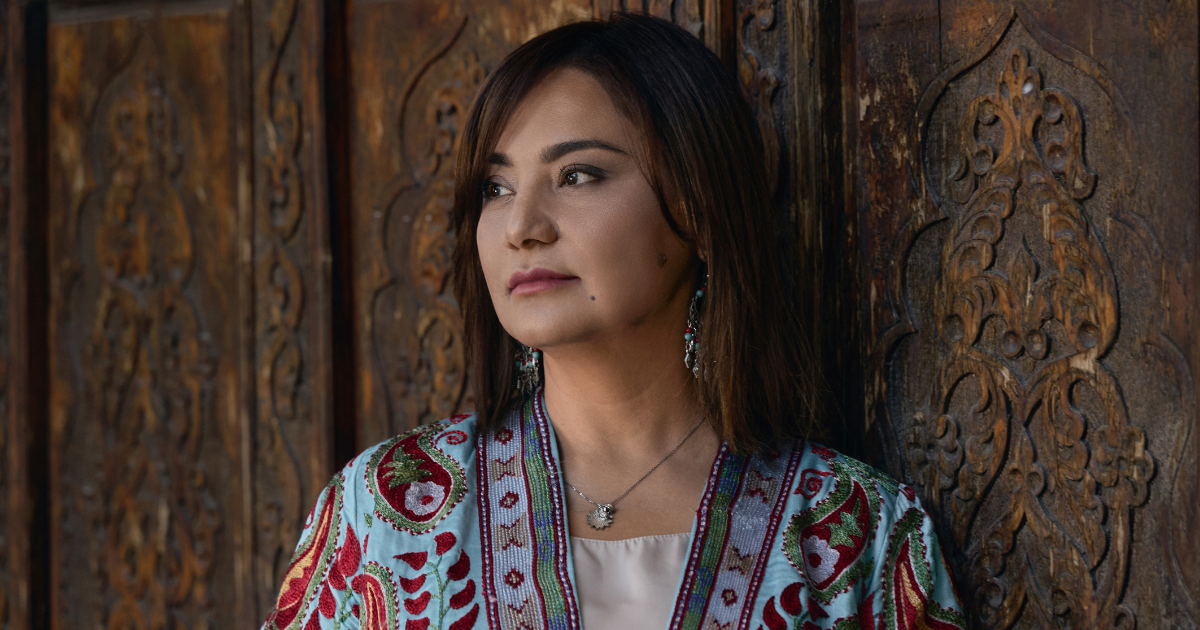Girls come in all varieties
Breaking stereotypes about “non-feminine professions”

For centuries, professions were divided into those suitable for women and men. In some countries, women were not even allowed to work. Professions were categorized based on gender—those considered appropriate only for men and those deemed unsuitable for men. However, times have changed, and women have become bolder, achieving more and proving that everyone is equal, with “male” professions being accessible to the “weaker gender” as well. Let’s get acquainted with the stories of the first women to break these stereotypes.
Behind the wheel of a taxi
The first woman to become a taxi driver was a German named Elisabeth von Papp in 1908. After her husband's death, the widow took up this profession out of necessity and the pressing need to support her family. Elisabeth trained at the Berlin School of Taxi Drivers and remained the only woman in this profession for a long time.

photo: Markus Spiske/Unsplash
Taking to the skies
Raymonde de Laroche was the first female aviator. Her love for flying began with an interest in hot air balloons. Later, she took trial flights on an airplane, and in 1910, she received her pilot’s license. From then on, Raymonde continued to fly until her death.

photo: Julio Wolf/Unsplash
Taming the flames
The world’s first female firefighter was Molly Williams. A former slave of African descent, she worked for the head of a fire brigade in New York. One day, her boss took Molly with him to extinguish a fire, and after witnessing her bravery and skill, he didn’t hesitate to include her in the team.

photo: Townsend Walton/Unsplash
Fighting for freedom of speech
The first female journalist was Nellie Bly. She was not afraid to write articles on pressing issues and reveal the truth about social problems. Nellie also reported from the front lines of World War I.

photo: Jaydn Scandora/Unsplash
The first programmer
At the dawn of IT technology stood Ada Lovelace, the daughter of the poet Lord Byron. At that time, the profession of “programmer” did not exist, let alone its gender classification. Ada Lovelace created three algorithmic programs that became the foundation for the first computer programs. The first programming language was named in her honor — “ADA.”

photo: Bert B/Unsplash
The first with the apple
In the 1990s, the world-renowned company Apple was headed by Ellen Hancock. She proposed the idea of creating an operating system that would be understandable and accessible to any PC user. Moreover, Ellen suggested purchasing the flexible NeXT system, owned by Steve Jobs at the time, eventually leading to Jobs’ return to Apple.

photo: Marissa Lewis/Unsplash


